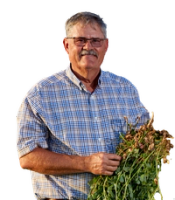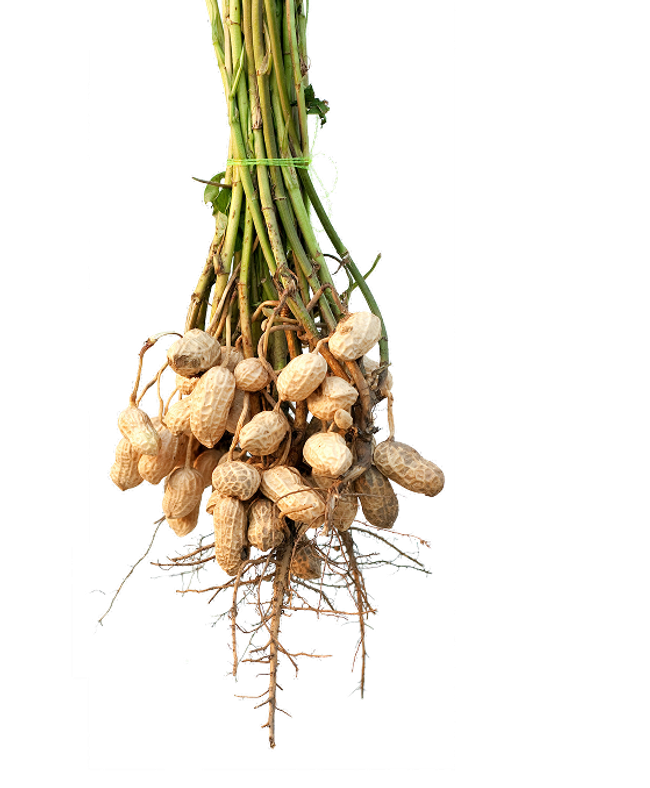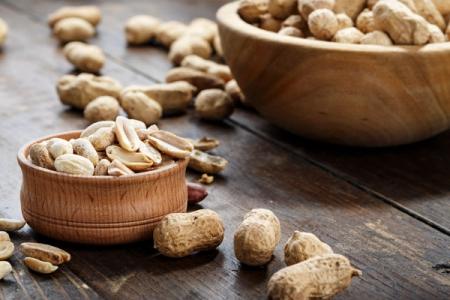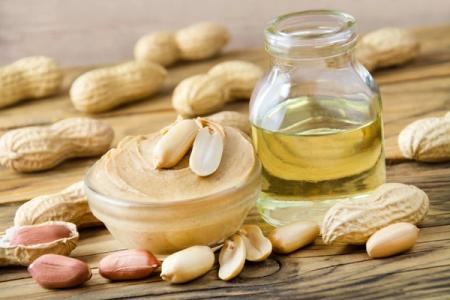Our Story
Our Mission. Our Values.
We work to improve the economic condition of USA peanut farmers and their families through compelling promotion and groundbreaking research.
To learn more about the National Peanut Board’s vision, mission, values, strategies and initiatives, check out the Strategic Plan.
Our Farmers
The National Peanut Board is a 100% farmer-funded national research, promotion and education group in support of all things peanuts. NPB represents all peanut-growing states, with board members and alternates exclusively from each of the 11 major peanut-producing states, plus one at-large member and alternate representing minor-producing states. There are approximately 7,000 peanut-farming families across the United States. Together, they produce around 6 billion pounds of peanuts annually, with 75% of the crop used right here in the U.S.

Good for you and the planet.
From the time they’re planted to harvest day, peanuts leave the land better than they found it. Nodules on peanut plant roots add nitrogen to the soil. While they add to the land, they also take less precious resources like water. From roots to leaves, peanuts are a zero-waste crop where every part has a purpose.
Learn more about Sustainability
Are you a Legume Legend?
Click through the fun facts to test your knowledge!
There are six cities: Peanut, California; Lower Peanut, Pennsylvania; Upper Peanut, Pennsylvania; Peanut, Pennsylvania, Peanut, Tennessee; and Peanut West Virginia.
Jimmy Carter and Thomas Jefferson.
The average person will eat almost 3,000 PB&Js in their lifetime, according to a 2016 survey by Peter Pan Simply Ground Peanut Butter.
It takes 540 peanuts to make a 12-ounce jar of peanut butter.
In a high-pressure environment, it can be turned into diamonds.
There are four different types of peanuts – Runner, Valencia, Spanish and Virgnia.




